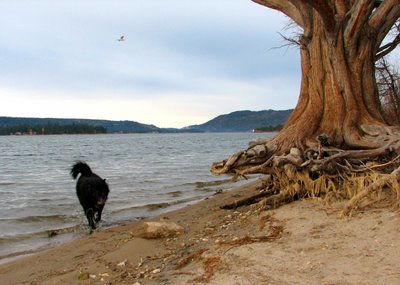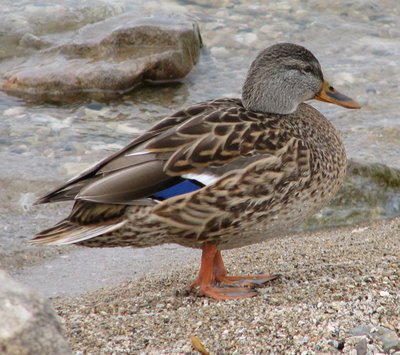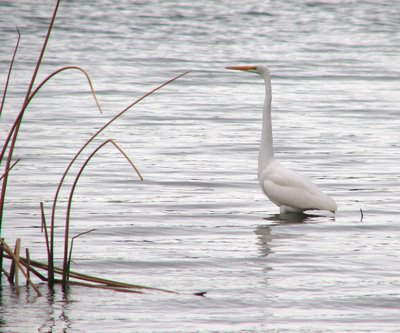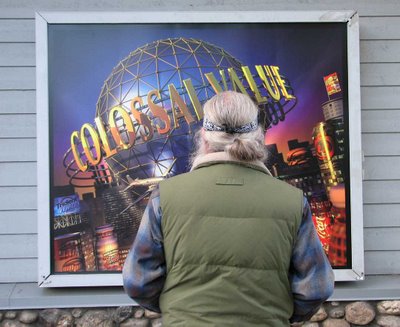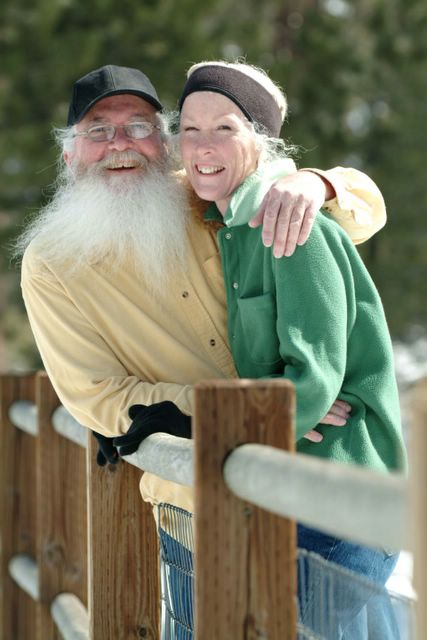As in Life… There is much Beauty & Generosity in Death…

Click on photo to enlarge - a fallen Flicker - © 2006 jim otterstrom
Forty some years ago there was a Sycamore tree growing beside a stream along Old Topanga Canyon Road in the Santa Monica Mountains.
A friend and I, through the early hours of dawn, sat above the stream, hanging our legs off the edge of a large corrugated culvert, which guided a small tributary, beneath the pavement we had driven there on, into the stream below.
We languished there in the cool shade, for minutes running into hours, listening to the trickle of water falling between us into the creek below, watching flying insects, and birds, interact with one another in the exchanges that enable their lives and deaths.
Fluff drifted gently down from the surrounding trees to float away on the surface of the water in the soft morning light.
As we watched the drama of life unfolding there before us, this one particular Sycamore caught my eye. It had two trunks, one of which had tumbled over, and was lying across the stream.
The part of the tree still standing was in full summer leaf, healthy, vibrant, and full of life. But the fallen trunk, which had obviously been down for some time, lay decomposing along the sandy banks.
Upon closer observation, I became entranced with the teaming complexity of life being supported by the rotting fibers of the dead part of the tree. Young plants sprouted glorious green shoots from rich black compost, while shimmering, crawling, slithering insects of myriad description---clamoring, tunneling, over and through this visibly wholesome detritus---searched for nutrition, shelter, and procreation.
Sensitized that morning, to the intricately beautiful details of the non-human, after a long night spent in wonder and celestial celebration atop the jagged spine of the Santa Monica’s, I was experiencing, possibly, my most life-changing epiphany.
There was as much life in the dead part of the tree as in the living (& certainly more diversity), and I stood there for a long time, taking my first clear look into death, and what I’ve come to understand as everlasting life.
Since that fine day of my well-spent reckless youth, I no longer fret over the possibility of roasting eternally in the hell-fires of some control-freak God’s vindictive damnation, because I realized right then, that, like everything else, I’m simply going to metamorphose back into the wondrous matrix of the cosmos, where we continue our journey together for eternity, whatever that is.
There will be no Pearly Gates for me, no bean-counting Saint Peter with his ledger of sins and good deeds, no streets paved with cold hard Gold, nor flaming red Devil with his fork up my ass, and no reunion with long lost humans, family or otherwise.
My re-union will be in the giving back of my body---to the living Earth, as sustenance for the continuance of life, and, in the spirit of my consciousness, freed from the reductionism of being human---as my molecules, atoms, and energy once again wander & mingle among the elements of universality.
How do I know this?
I carefully observe the nature around me, seeing that I’m simply a tiny part of something very huge and complex, and I have faith in what I see.
Isn’t faith what your religion is based upon?
Now I’m in no hurry to die! I very much enjoy life as a human being, but the thought of my death doesn’t frighten me either, it’s purely the reality awaiting me when the days of Jim are over.
We are but cosmic dust, charged and electric, yet look around at all the beauty forged from the combination, and evolution, of these forces during the eons which have led to our lives today.
We hear much talk of “a better world in the hereafter” or “everlasting life in heaven above” from the churches and religions of our time, the same religions that would separate, anthropocentrically, our bodies from our souls, and our species from the rest of nature.
But anthropocentricity---the regarding of man as the central fact or final aim of the universe---is a selfish, ignorant, narcissistic notion, that, in life, deprives us of seeing, and fully enjoying, that we are an integral part of something much greater and more magical than ourselves.
Even in death, we humans continue this arrogant selfishness by having our bodies embalmed or cremated, entombed in wood, concrete or steel, thus depriving the earth of our rich life-giving nutrients for as long as we possibly can.
When I put a dead plant or animal on my dinner plate, I’m thankful for the bountiful generosity of nature, and the exchange of energy between life-forms, which allows this whole thing to continue and evolve. We are all part of the food chain.
And when I see a dead animal or a fallen tree, decomposing by the roadside---or along a trail in the wild---I see the even-handed generosity of nature, allowing with every loss, other lives to thrive and grow.
My body, soul, species, and the nature around me, including the whole of the cosmos, are all of one, and I have no fear of rejoining that larger self.
When that time does arrive, I’d like nothing more than to become healthful nutritious worm food.
Yes, these are thoughts of death, but to me, they’re not depressing or melancholy.
They are thoughts about our place in nature, about harmony, balance, and exchange.
They're the result of long-studied observations, and my deeply-felt optimism concerning the bio-centric, egalitarian laws of nature---and the interdependence, resilience, and self-perpetuating tendancy toward diversity inherent to life itself---in its passionate desire to persist and to flourish.
But these are probably not very welcome, comforting, or even fathomable observations to the anthropocentric, who would have the world, or rather, the entire universe, revolving around themselves.

Click on photo to enlarge - the decaying shell of a Carp
Labels: animals, birds, ecology, fish, mythology, nature, nature-writing, observations, passings, religion, spirituality, Topanga


